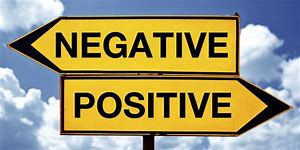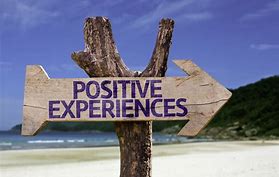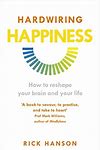
The brain is good at learning from bad experiences but it is bad at learning from good ones.
If your mind is like a garden, the soil of your brain is more fertile for weeds than for flowers
- So it is really important to plant the seeds for inner strengths by repeatedly taking in the good.
Negative contaminates positive more than positive purifies negative
- A misdeed will harm a hero’s reputation more than a good deed will improve a villain’s.
- We usually learn faster from pain than we do from pleasure
- Strong dislikes are acquired faster than strong likes
- In relationships, trust is easy to lose and hard to regain
- Something bad about a person is better remembered than something good
- This is why negative ads dominate political campaigns
- Long remembered grievances fuel long running conflicts
Unless you consciously take in a good experience, it doesn’t leave much good with you. On the other hand negative experiences are remembered through negative biased memory. So even if a positive experience felt good, it might as well not have happened.
- This is the central weakness of most formal programs, stress management, human resource training, character education for kids, mindfulness or compassion training, coaching, psychotherapy, and drug/alcohol treatment.
- Informally, managers and parents encounter the same problem.
With skill and effort, we create beneficial mental states. Each time this happens, it’s good in the moment, but in most cases we don’t consistently and systematically take the extra seconds to install these experiences in the brain.

Re-source: Refocus
Promote the positive instead of preventing the negative
- We should be seeing the good things and promoting those things instead of constantly worrying and preventing the negative things.
Responsive vs. Reactive Mode
- Experience in the responsive mode is one of peace, contentment and love
- Experience in the reactive mode is one of fear frustration and heartache
craving and resource from “Hardwiring Happiness” by Rick Hanson

